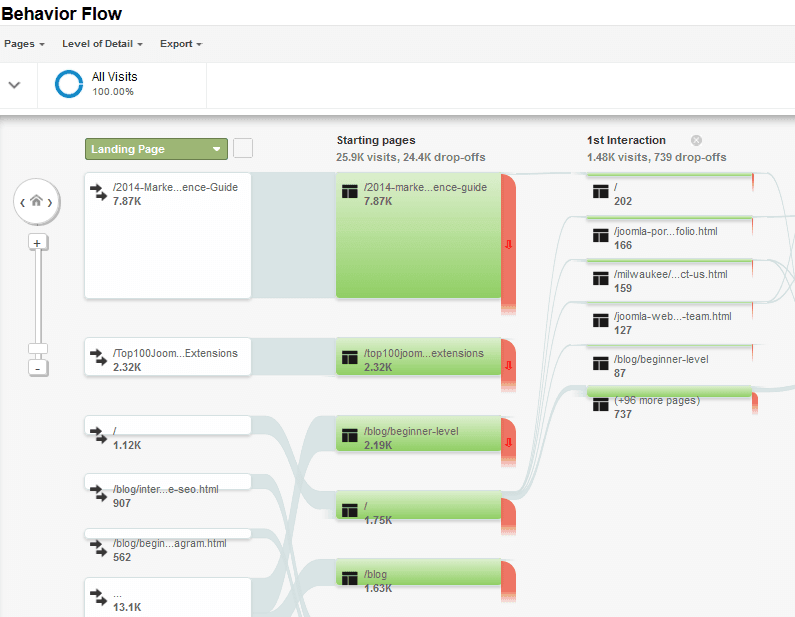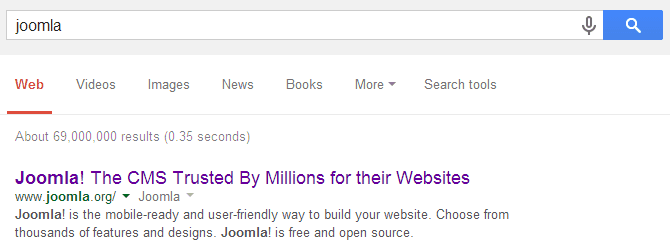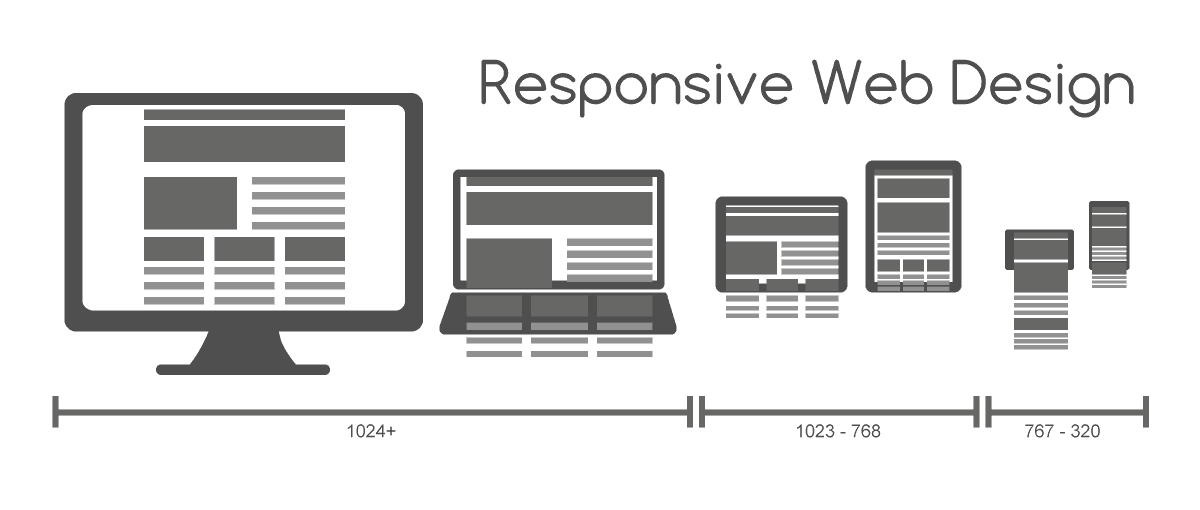As a Joomla developer, you know the in's and out's of every site you build. From navigation to wireframing to content, you're the master of the big picture. But what if that message and information you're putting out isn't getting picked up by search engines?
This article will help you do improve SEO performance on Joomla sites - an essential skill for the modern developer.
As clients seek developers and agencies with diverse abilities, a working knowledge of SEO basics will be an invaluable asset for your team.
But first, a word of caution. When we start talking about SEO and structuring our site for search engine friendliness, it's easy to forget about the entire purpose of search engines and websites: to serve the user.
Consider the steps below as a general roadmap for making a Joomla site easier for a search engine to crawl and index - but don't optimize at the expense of the user. Practices like keyword stuffing and link buying are the whole reason SEO has seen such dramatic shifts and penalizations from search engines.
So no matter which of the steps below you try out, always ask yourself if the application is equally beneficial to the engine and user.
Navigation

You're an experienced developer, so you know how site navigation works. Start with the key sections of the site, and map out all the different ways a user could get there, and the logical pages they might want to visit after.
Up until now, you've probably been working through this on intuition and client input.
But did you know there are free tools out there to show you the browsing habits of a site's users?
Did you know that improved navigation can decrease bounce rates and boost time spent on site, which are two key factors Google considers when ranking a site?
Now you know! Best of all, this information is free for any site that has Google Analytics tracking set up. Click here to learn about Google Analytics Flow Reports.
URL Structure
In my opinion, URLs don't get enough love in the Joomla world. We focus so much on the content of the pages we're creating, we forget to pay attention to the URL that holds it all.
While a structured and clear URL looks pretty, it also plays a major role in how search engines view a page. Similar to meta titles (see below), your URL should include the category and item of the page.
Say you're creating a website for a dog shelter, where each article is a listing for an available dog. The URL should look like: www.dogshelter.com/available-dogs/sparky.
Titles and Metas
Titles and metas are the bread and butter of on-site SEO. It's safe to say you know what a page title is, since you create one for every Joomla page. But are you familiar with meta descriptions?
These brief snippets of information tell the reader what they can expect on a page. They're displayed in search engine results, and sometimes when a user shares an article on social media. You can see the meta description for Joomla.org below:

As a general rule of thumb, you should create a meta for all important pages on a given site. Keep them brief (under 150 characters) and include keywords naturally.
While you're at it, take a look at your page naming conventions. Each page's title should follow the standard, SEP approved convention:
- PAGE TITLE | CATEGORY | SITE
As you may have noticed, this is just the opposite of the URL structure we explored above. On your doggy rescue page, the title would read:
- Sparky | Available Dogs | Dog Shelther
If you have a lot of pages and are overwhelmed by opening them all to make these tweaks, consider purchasing a Joomla extension that centralizes all these efforts into one place.
Image Optimization
This is another category you're likely already knowledgeable about. Are you shrinking images before you put them on a site? My guess is yes, since you know huge images have major negative effects on load time.
However, there's one additional step you can take to put images to work in the SEO department. Optimize your images by giving a unique title to each (so long, image009.jpg.)
Whatever the image pertains to, include the keyword in the image title. For Sparky the dog, I'd do someting like sparky-available-dog-adoption.jpg.
When search engines crawl your site, you can bet your bottom dollar they crawl your images, too. When image titles have keywords included, it helps the engine to understand what that image and the page it lives on pertain to.
Even better, these images can show up in Image search results, driving additional traffic to the site.
Duplicate Content Has to Go
Many Joomla websites have multiple URLs that point to the same place. Or, they have content that repeats on multiple pages (think modules).
While both of these occurrences have no ill intention on your part, they send major red flags to search engines. Since black hat SEOs have made a career out of ranking for keywords by stuffing them (repeatedly) on pages, the major engines now systematically punish sites that appear to have the same content in multiple places.
Fortnately, this pesky issue is easy to fix. Whenever you have a piece of content that's repeated, simply wrap it in a tag that essentially tells engines "Ignore Me." Then, when the robots crawl your page, they'll overlook it and only pay attention to the main page where it lives (which shouldn't be tagged).
Check out this article from Google to learn about implementing canonical tags.
Consider Responsive Design

Speaking of dupilicate content, if you're working on a site that has a mobile site with identical content (just presented in a mobile format), you're running the same risk discussed above.
Responsive design eliminates this hassle, by allowing the developer to code a single set of content to display on multiple screen sizes. There is no "mobile site" and no "desktop site", only one site that readjusts dynamically depending on where it's viewed.
Responsive design is a major emerging trend in the Joomla world, and will likely be requested in growing numbers in the upcoming years. If you're interested in learning more about it, this article features a list of tutorials.

